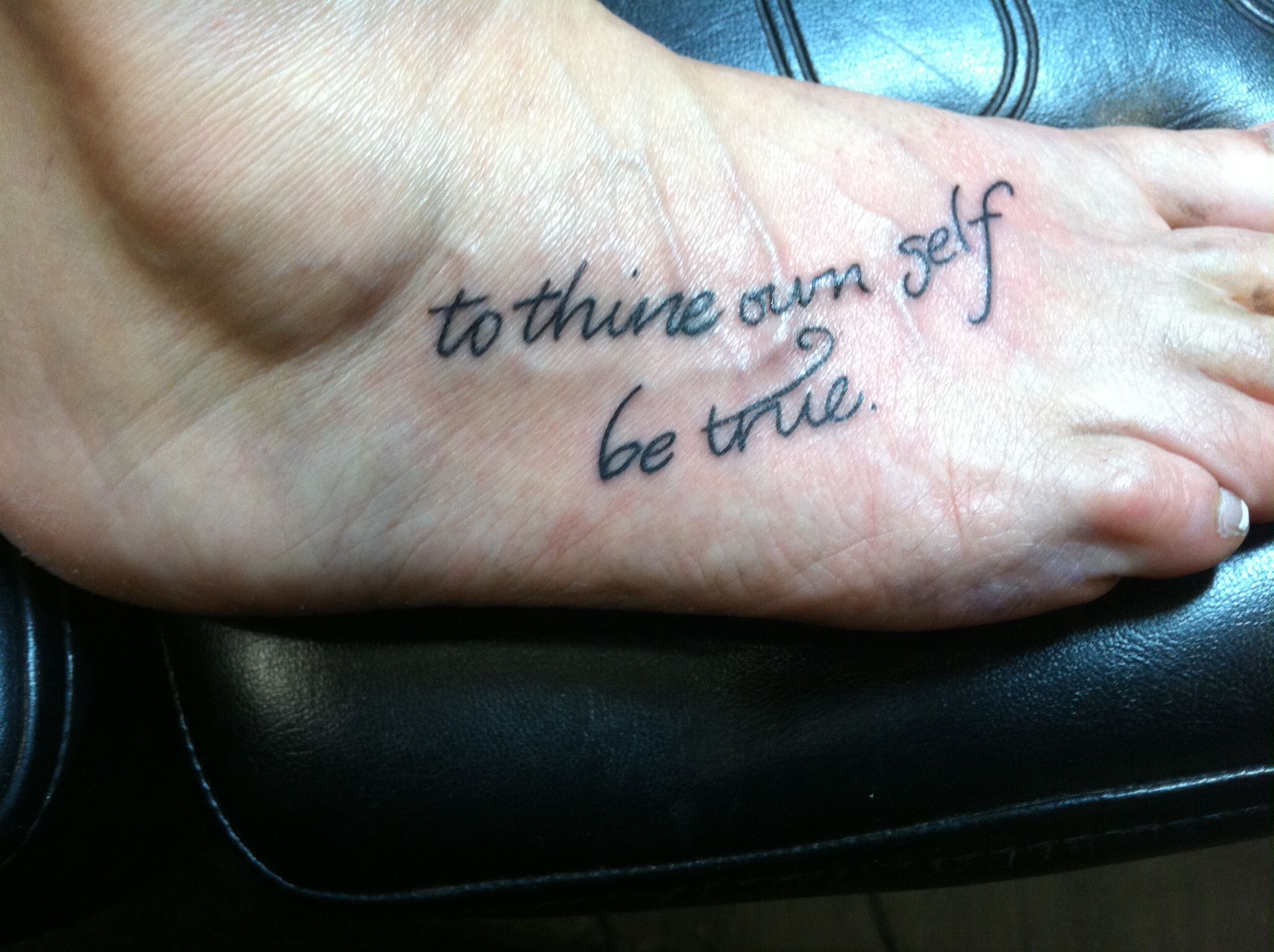The Fascinating Journey of Tattoo Design History

Embarking on a journey through the history of tattoo design unveils a rich tapestry woven with cultural significance, symbolism, and evolution. Tattoos are not merely ink on skin but a narrative of human expression that has transcended time, borders, and beliefs. Let's delve into this artistic odyssey, exploring how tattoos have become an indelible part of human identity and culture.
The Ancient Origins

Tattoos have roots that go back thousands of years, with evidence found in ancient civilizations across the world. Here are some of the earliest known instances:
- The Ötzi Iceman: Discovered in the Alps, this Neolithic man from around 3300 BC had tattoos made from the cuts and marks on his body, likely for therapeutic purposes.
- Ötzi’s tattoos indicate that the practice of marking the skin was possibly used for medical or ritualistic reasons even in the Stone Age.
- Ancient Egypt: Mummies like Amunet, a priestess from 2000 BC, show tattoos indicating rank and status, used in religious and healing rites.
- Pazyryk Culture: In the 5th century BC, Siberian tribes tattooed intricate animal designs, reflecting a belief in the afterlife and protection.
The enduring nature of these tattoos on preserved bodies highlights the deep-seated importance of body modification in these societies.
The Evolution of Tattoos Through History

As civilizations developed, so did tattooing practices:
- Ancient Greece and Rome: Tattoos were used to mark slaves and criminals, but also as a symbol of bravery or group affiliation among soldiers.
- Polynesia: The word “tattoo” itself is derived from the Polynesian word “tatau”. Here, tattoos signified social rank, lineage, and tribal history.
- Japan: Irezumi, or traditional Japanese tattooing, evolved from the 17th century, intertwining with the culture of the yakuza, or organized crime.
- Modern Era: The spread of tattooing by sailors and travelers in the 19th century helped transform tattoos into symbols of personal identity, rather than just cultural or societal markers.
The Influence of Cultural Exchange

The globalization of tattoo culture can largely be attributed to:
- Maritime Travel: Sailors, pirates, and explorers from the 18th and 19th centuries brought back tattoo designs and techniques from distant lands, influencing European tattoo styles.
- Military Influences: Wars and military service often led to the adoption of tattoos as rites of passage or memorials to fallen comrades.
- Colonization and Diaspora: As people from colonized regions moved or were transported across the globe, their tattoo practices spread, enriching the global tattoo landscape.
Tattoo Design Techniques Over Time

| Era | Technique | Description |
|---|---|---|
| Neolithic | Puncture and Rubbing | Involved puncturing the skin with sharp tools and rubbing in pigment. |
| Polynesian | Hand Tapping | Using a tapping method with bone or metal tools to drive ink into the skin. |
| Japanese | Irezumi | Employed traditional tools like the horimono, often done by masters with strict apprenticeships. |
| Modern | Machine Tattooing | Samuel O’Reilly’s 1891 invention of the electric tattoo machine revolutionized the process. |

These techniques show the evolution from primitive methods to sophisticated tools, reflecting not just technological advancement but also changes in cultural attitudes towards tattoos.
The Contemporary Scene

In the present day, tattoos have transcended their once-maligned image to become symbols of art, rebellion, and individuality:
- Fine Line and Watercolor Tattoos: Modern tattoo artists push boundaries with fine lines and watercolor techniques that mimic paintings on skin.
- Digital Influence: Social media and digital platforms have made tattoo culture accessible, allowing for global sharing of designs and ideas.
- Customization: Tattoos are now more personalized, reflecting the wearer’s personality or life experiences rather than adhering strictly to traditional motifs.
Today’s tattoos tell a story, both of the individual’s journey and of the evolution of this ancient art form.
💡 Note: The evolution of tattoo designs is a testament to human creativity and the desire to express oneself through art, even in the most permanent ways.
Tracing the history of tattoo design, we've seen how tattoos have transitioned from ritualistic markings to symbols of personal expression. They've weathered social stigma, cultural shifts, and technological advancements to emerge as a respected and celebrated art form. Tattoos are no longer just skin deep; they are layers of history, culture, and identity, etched with ink and imbued with meaning.
What is the oldest known tattoo?

+
The oldest known tattoo belongs to Ötzi the Iceman, dating back to around 3300 BC, with various markings likely used for therapeutic reasons.
How did tattoos spread across cultures?

+
Tattoos spread through cultural exchange, largely due to maritime travel, military influences, and colonization, which facilitated the movement of people and their art forms.
What are the differences between ancient and modern tattooing techniques?

+
Ancient tattooing often involved hand tools and was more ritualistic. Modern tattooing uses machines for precision and can include advanced techniques like fine line work or watercolor tattoos.



